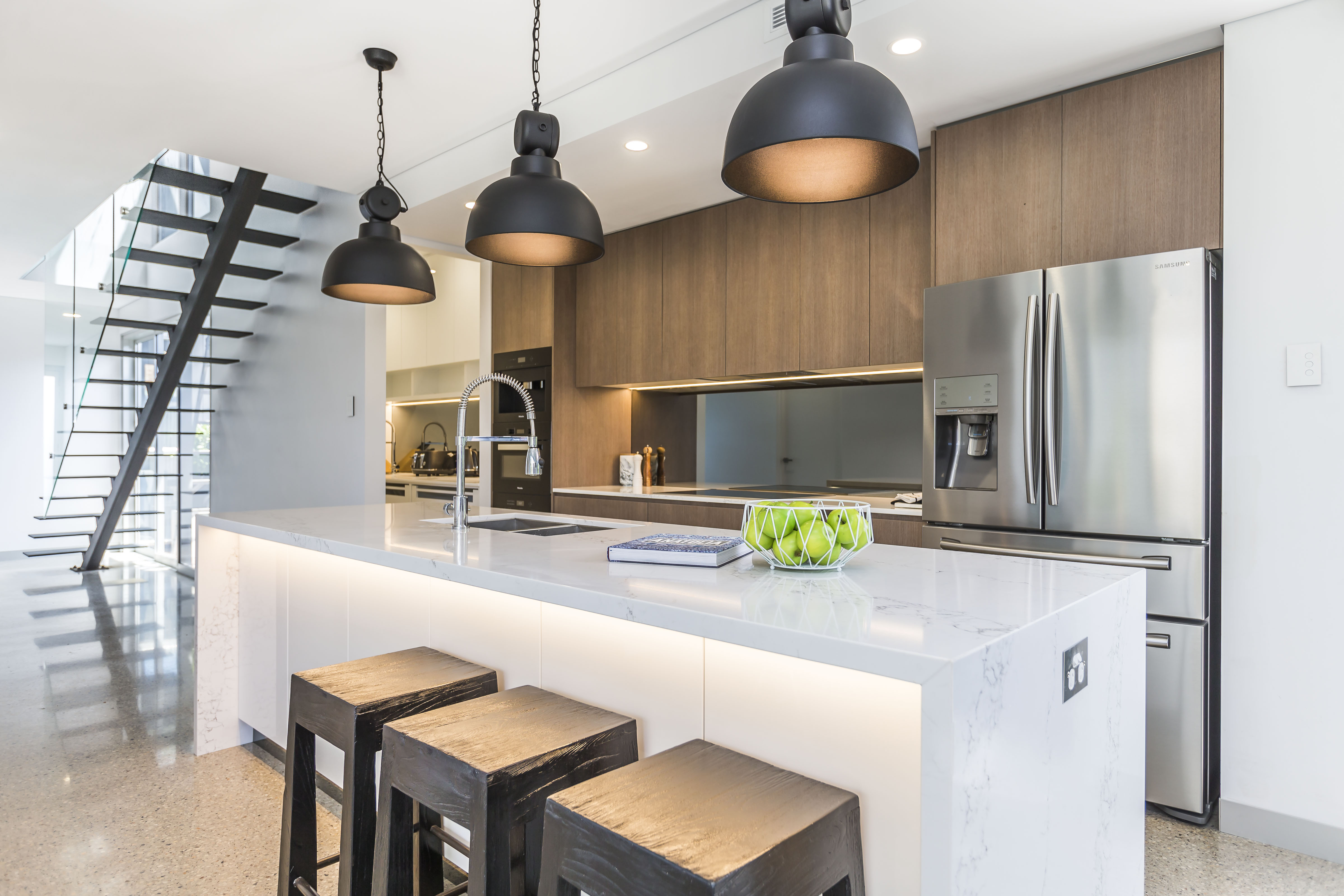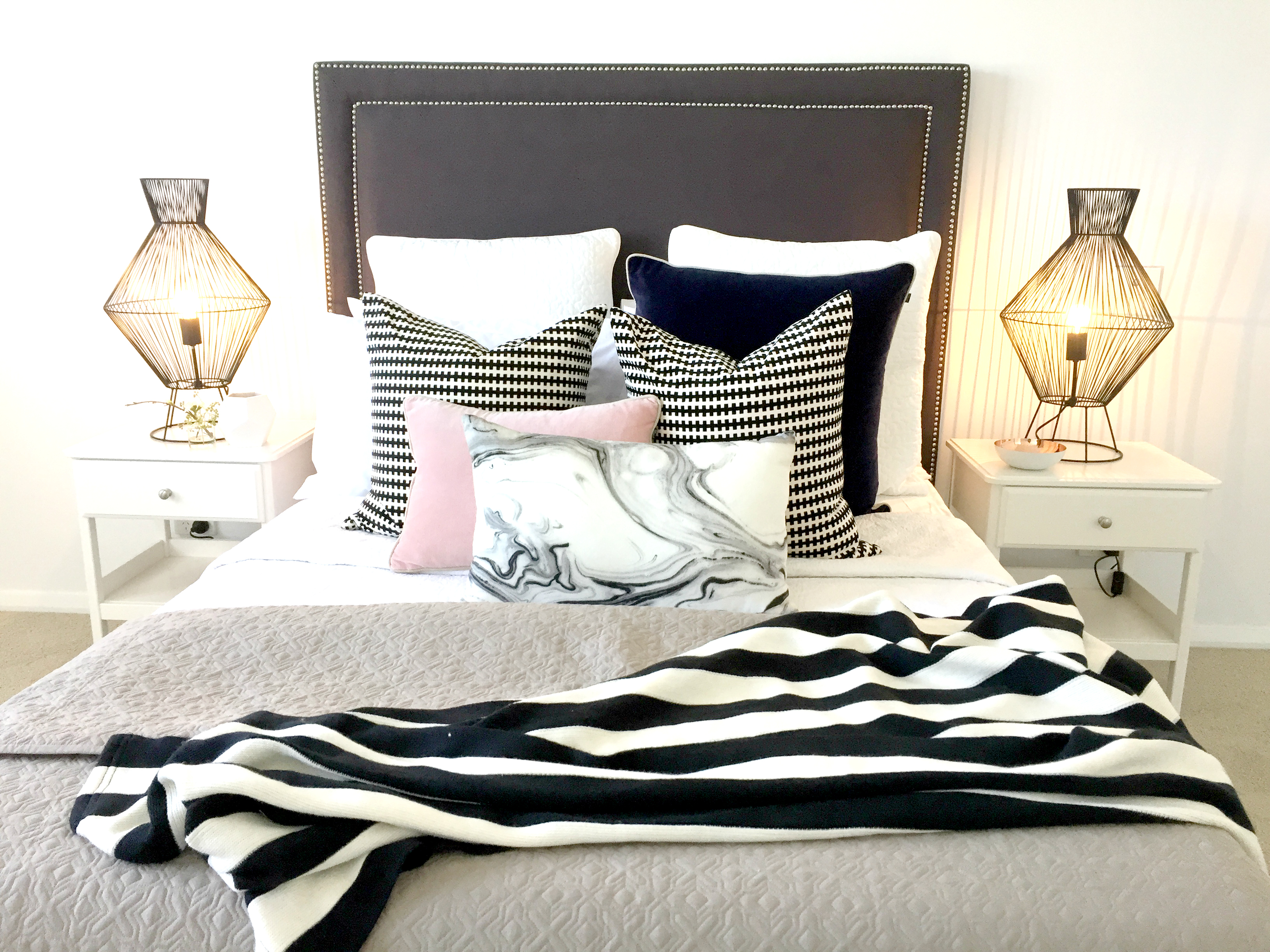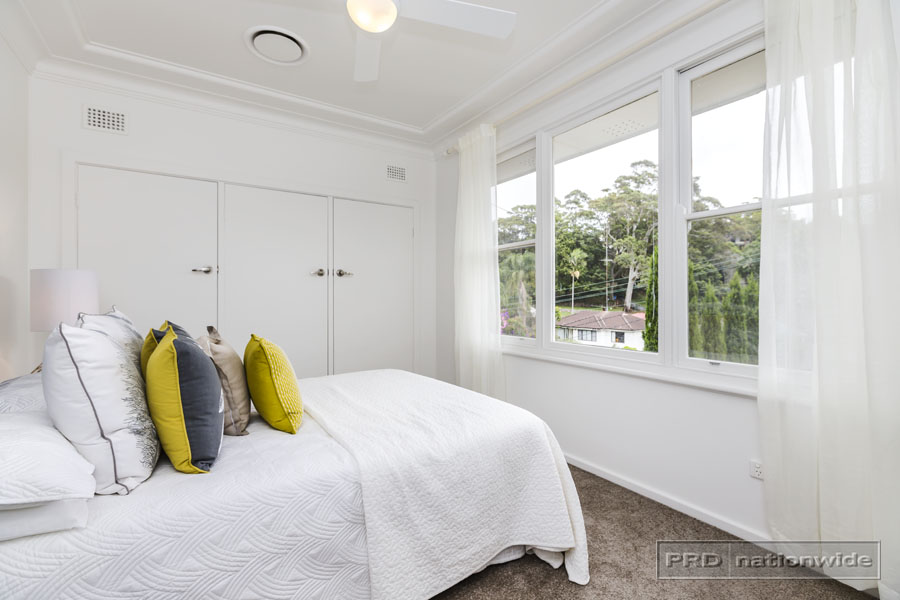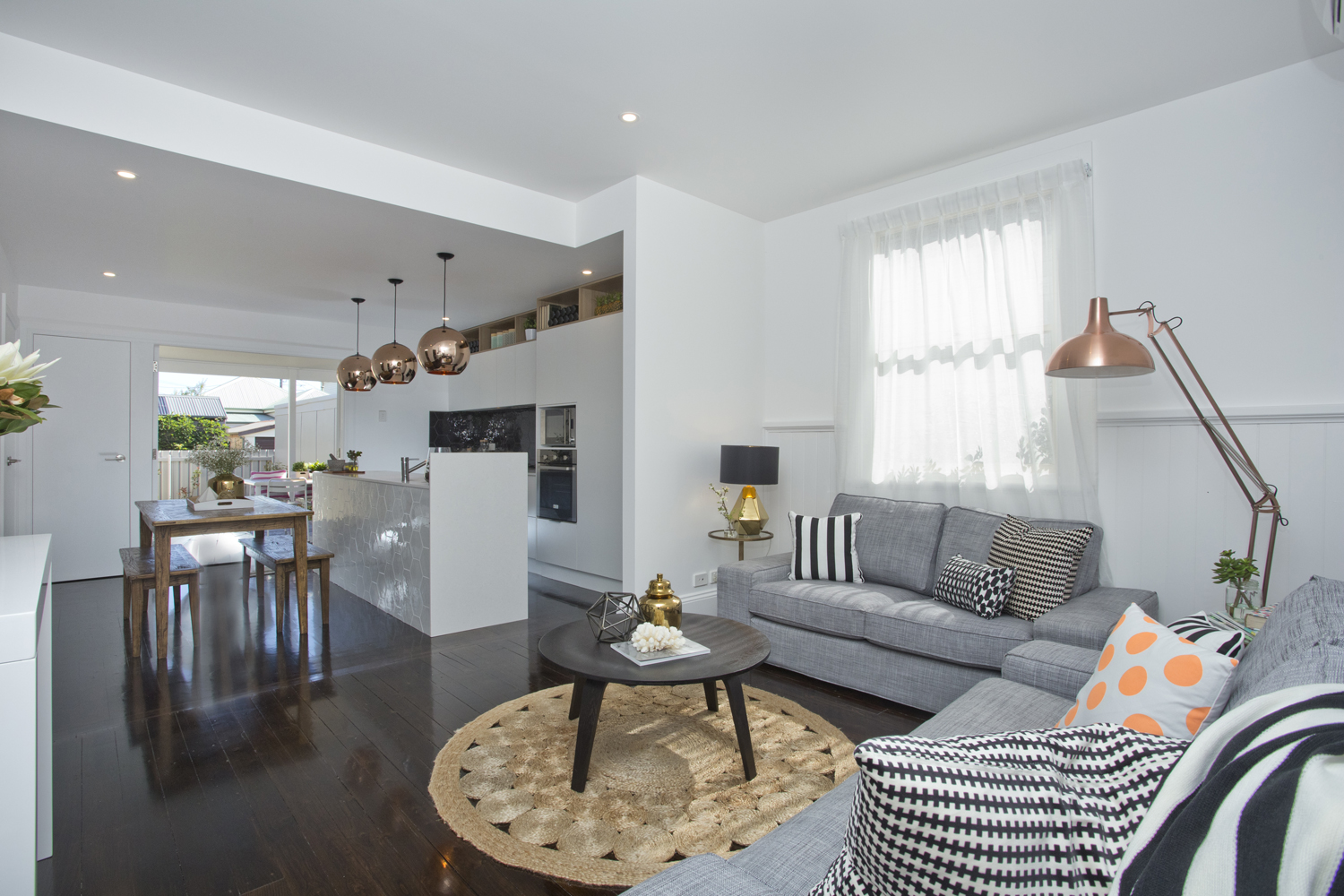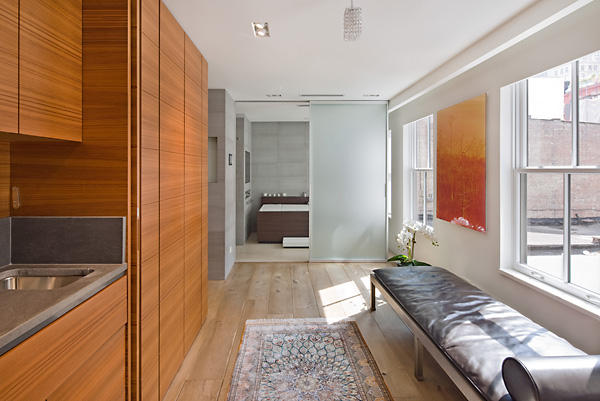In the previous installments of this blog series, I’ve talked about the mistakes you can make when it comes to your target market, your renovation costs, your renovation project, and your renovation team
In this final installment, I’ll dive in on some of the specific features of the renovation project itself and the mistakes you can avoid.
Investing on the wrong energy-saving measures
There’s nothing wrong with investing in green technology. However, you need to make sure that it’s in keeping with your costs and returns. For example, you might be thinking about replacing a period window with double glazed windows just for the purpose of retaining heat. Well, it takes more than 15 years for this addition to pay itself back. Besides, if your intention is to only retain heat, then repairing it is a more feasible option.
And when it comes to energy-saving technology with the shortest payback period, you can consider some of these:
- Loft, hot water tank, and pipe insulation
- Energy-efficient light bulbs
- Condensing boiler
- Energy-efficient appliances
Now, when you make your selections, be sure that it should be in line with your design plan.
Choosing ‘trendy’ paint colours
Well, what’s trendy now can be obsolete later. And that can happen in a short period of time. Think about how the fashion industry is constantly evolving. In one moment, you’ll see weird looking pants sprout about. The next moment, it’s gone.
The same concept applies to paint colours. And the key thing for you to remember is to paint neutral and contemporary. Stay within what appeals to the widest audience as possible.
What colours can you use then?
Well, white is the safest. It’s the cleanest, and it speaks elegance. You can also use earth colours and shades of black and white. At times, you can also use different colours to make a statement, but don’t overdo them.
Why is colour selection even necessary?
It’s because you have no idea about what your potential buyer has in possession. If you decide to paint the living room wall green, and your buyer has a large red couch, just imagine how they’ll look like one place.
Choosing expensive fixtures
Expensive doesn’t always equate to quality, durability, or value. If you’ve ever gone on a personal shopping spree and felt afterwards that you only paid for the brand name for a product you’ve bought, you ought to feel that way over certain fixtures you’re tempted to choose.
The keyword is for you to add fixtures that add value to the property, all the while staying functional long enough to pay itself back.
For example: tapware. There’s a variety of them from different brands. Now, you can choose to stay practical and buy the one that’s elegant and durable. Or, you can choose to splurge on a little luxury and buy the other that’s more expensive but has the same durability as the cheaper one. Between the two, your choice should be obvious.
Renovating only on the inside
Think about this: what draws prospective buyers to your property? Is it something that they can see right away? Or is it something that they have to go the extra mile to behold?
From the street, your buyer may not be among the onlookers – the people who stop and stare. It can be someone who’s driving by or it can be someone online. So if you renovate on the inside, you should also take care of the outside.
The outside is what people see first, and the initial impressions they form can be a compelling reason for them to attend the opens – or not. So strike a balance on your renovation. If the grass needs mowing, then have someone mow it. Better yet, you can invest on landscaping to show the next owners the property’s potential.
Ignoring the relationship between flow and function
When you renovate, you’re bound to make structural changes. But before you do that, you have to come up with a sensible floor plan – a floor plan that makes movement and space utility possible. Ignoring these elements in your design can lead to a less-than-satisfactory experience of the home.
For example, if a space is cramped, you may want to maximise built-in features and create more storage. If you can’t do cabinets, then opt for floating shelves. Doing so allows for more space to be created.
An opposite example would be adding an island that runs across a U-shaped kitchen. If you think about how people will move to and from the kitchen, you can imagine how they’re likely to bump into each other.
Whatever you do with your floor plan, don’t ignore traffic flow. It matters because it’s one of the ways that people can have an enjoyable experience of their property.
So there you have it! A few list of mistakes that you can make but definitely can avoid from now on. I hope you’ve learned something from this series.
Remember: mistakes are disguised opportunities to learn. If you make one, don’t take it seriously. Fix it, move on, and do better next time!
For more information

